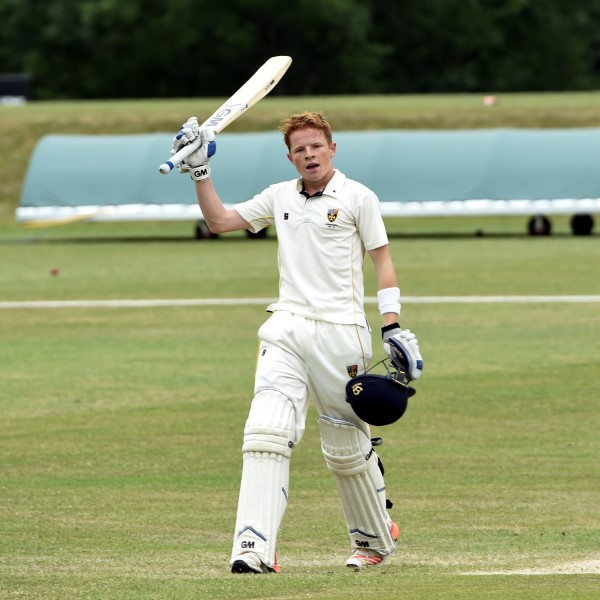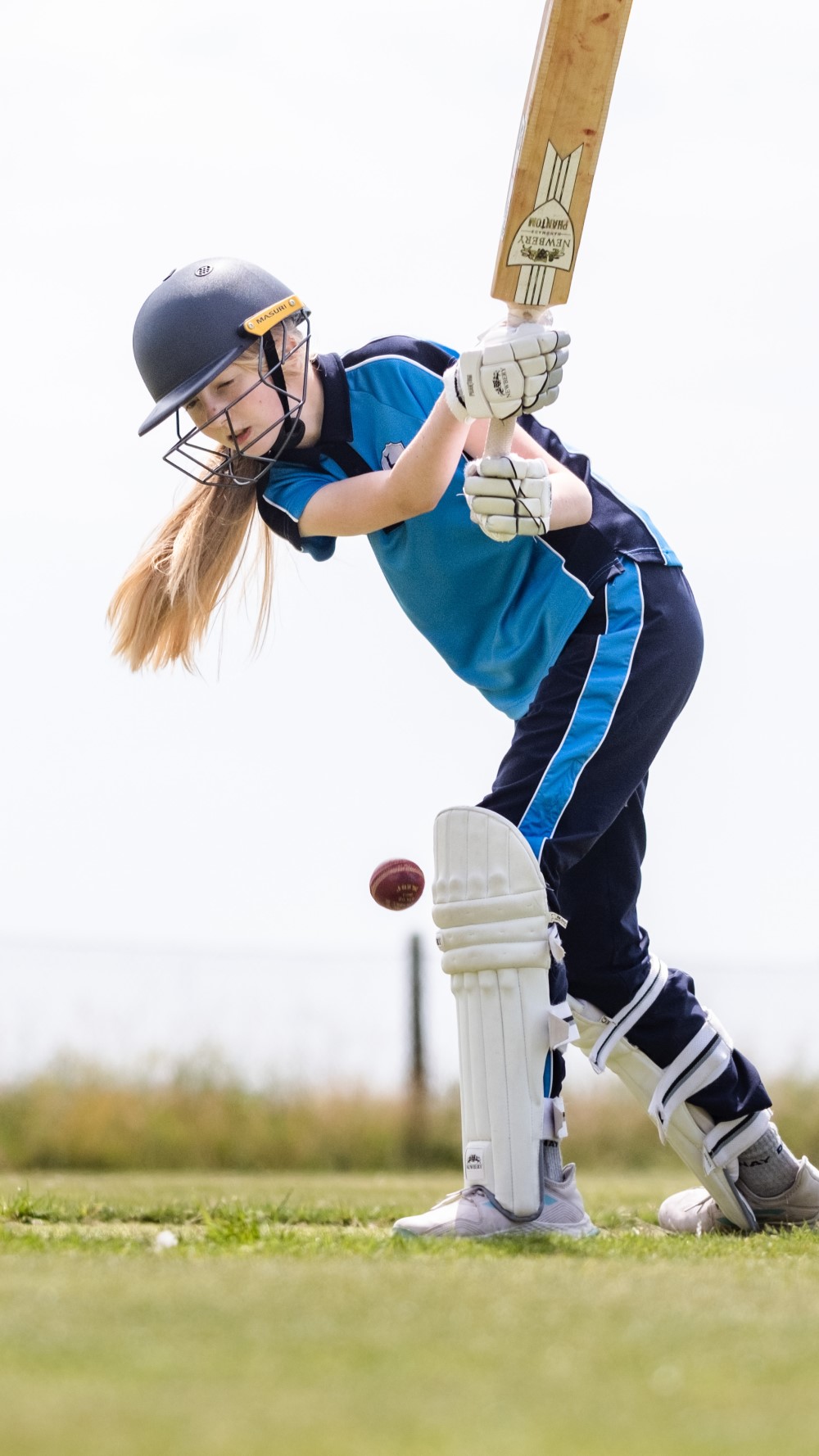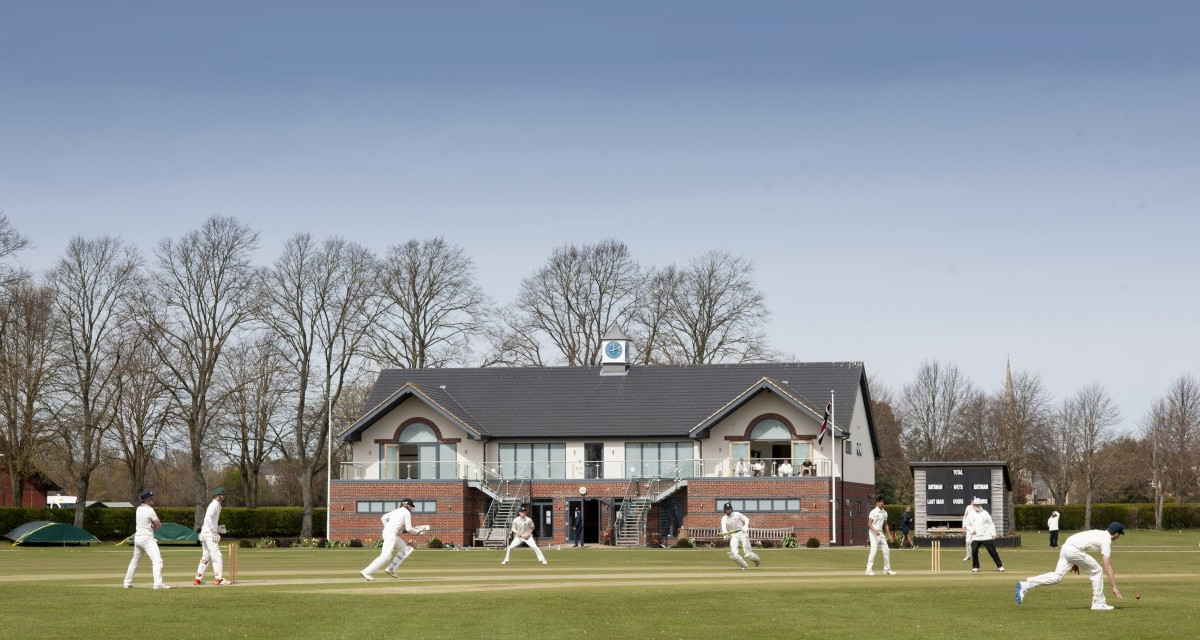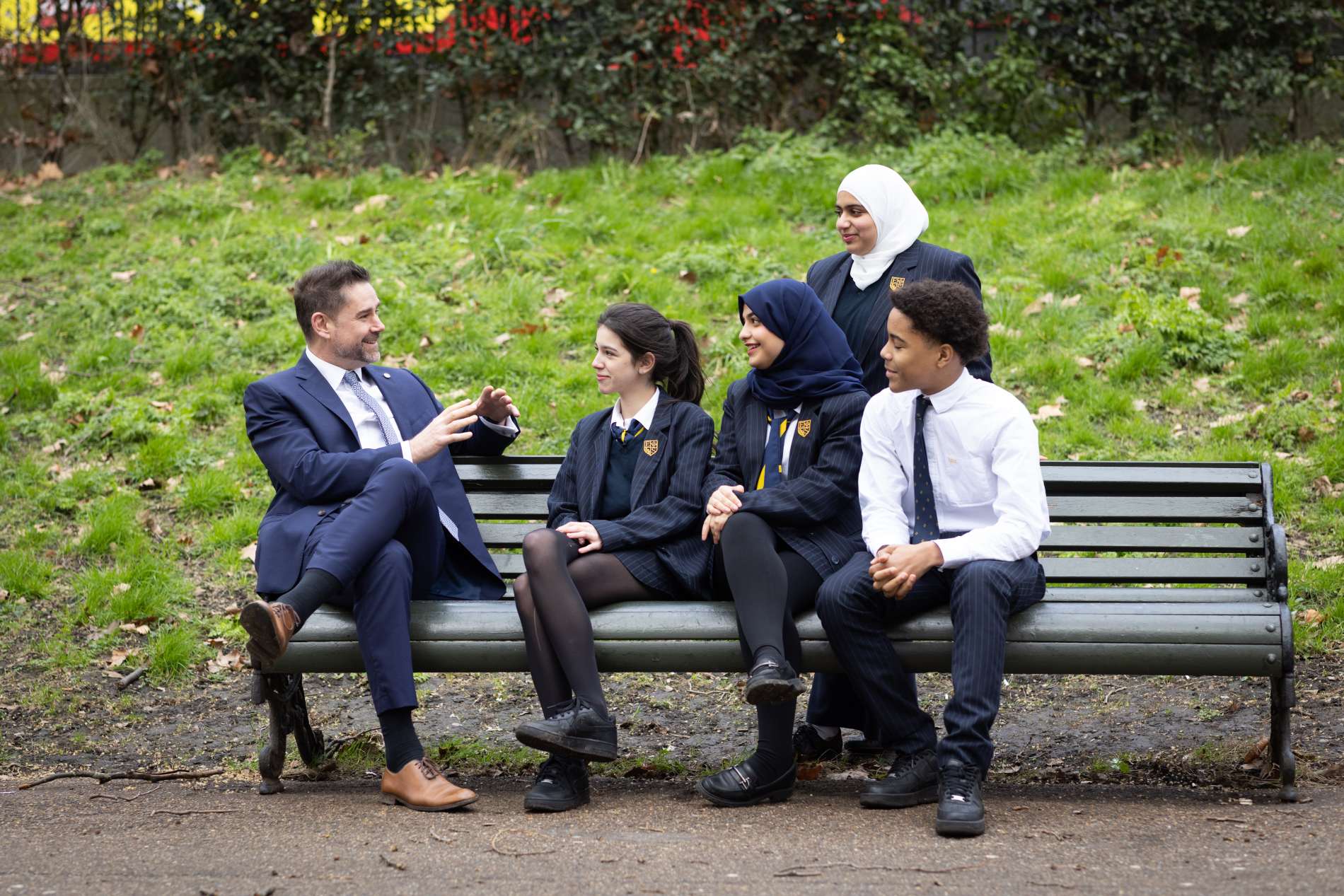How private schools, with their top-class facilities and coaches, are fostering the cricket stars of the future
Words: Adrian Day
While visiting the sports field at Eton College, the Duke of Wellington is reported to have said: “Waterloo was won here.” If playing sport develops character that creates winners, independent schools have for generations produced cricketers who have excelled at their sport.
The facts speak for themselves: Back in 2019, a study commissioned by the Sutton Trust reported that men’s professional cricket was in the top ten professions made up of the independently educated – that was a significant 43 per cent of men and 35 per cent of women who were representing England.
As with all statistics we have to be a little careful – there is an element of independent schools offering scholarships to particularly gifted young sportsmen and women – talent spotting if you like, which can’t be bad for a school’s reputation if that promising young player goes on to international glory.
Recent England test captains Joe Root, Alastair Cook and white ball bludgeoner Jos Buttler, all received scholarships when they had already reached a very high standard. And the independent sector harvesting and nurturing young talent isn’t confined to the UK – Australia’s now legendary Shane Warne attended private school, Mentone Grammar, after early years at a secondary modern, and current Australian captain, Pat Cummins, also went to a fee-paying grammar school.
But for many parents the thinking isn’t state versus independent school – it is, “which independent school would best suit my cricket-crazy child”? The good news is that success in developing cricketing champions is fairly evenly spread.
It is well recorded that there has traditionally been greater numbers of batsmen produced by the independent sector. But those believing that there is still some elitism in that fact are no doubt overlooking basic facts.
For openers, attending a school that invests in the maintenance of good pitches is more likely to enable the refinement of the art of batting (it is often said that batting is a coached skill whereas bowling is an athletic pursuit).

However, one of England’s finest fast bowlers, Stuart Broad (who has over 500 test wickets) certainly had the benefit of cricketing genes but acknowledges the benefit of his time spent at Oakham School in rural Rutland.
Oakham is renowned for providing an education that goes beyond the classroom, with first-class facilities and outstanding coaching for boys and girls.
Around 230 boys and 70 girls of all ages from 1st XIto U11 level play cricket at Oakham during the summer term and the school regularly fields 21 boys’ teams and 10 girls’ teams. Its facilities include two grounds that are maintained to an exceptional level and are even used for county cricket matches.
Just three years after leaving Cranleigh School in Surrey, current England number three Ollie Pope got his call up. Pope finished his time at Cranleigh with more than 2,000 runs for the 1st XI at an average of 50.
Stuart Welch, Cranleigh’s director of cricket, who helped Pope to develop his skills, says: “We would do a lot of sessions on the bowling machine with him wanting the speed up to at least 90 miles per hour, 10 or 15mph quicker than it would be for most good schoolboy players.”
The last few years have also seen a much greater focus on opening up the game to girls throughout the independent school community, and this will surely continue as the women’s game enjoys more visibility on the television and ignites enthusiasm.
Schools are, for many girls, the place where they are first introduced to cricket, and a noticeable shift can be seen in schools where cricket is replacing rounders as the main sport of the Summer Term. At Roedean, the day and boarding school in Brighton for girls aged 11 to 18, cricket has been one of the four major sports since the school was established in 1885, with all A and B teams at every age training hardball and playing hardball fixtures.
Roedean’s head of performance and cricket, Mike Smethurst, says: “The key difference in cricket at an all-girls school is that the girls are not being compared to boys, who often have more cricketing experience at the same age. These comparisons most visibly manifest themselves in team selections. In co-ed schools, the strongest girls may be selected to play in the ‘boys’ teams, where the social side of this can often be overlooked and difficult to manage. A fantastic young female cricketer may not relish being the only girl on a squad!
“At Roedean, the girls are coached by professional coaches with the freedom to develop at their own pace, build up confidence playing hardball and, most importantly, have fun playing cricket!’
Nat Sciver, the first cricketer to take a hat-trick for England in a Women’s Twenty20 International match, went to Epsom College, a school that is pushing forward with an expanding girls’ cricket offer which live screens many home matches.

And at Cranleigh, where girls’ cricket has also been increasing in popularity, cricket is being offered as a fulltime option.
Less than half an hour from Heathrow and Northolt airports is Merchant Taylors’ School, whose U15 team have been south of England champions in each of the past three years.
Middlesex CCC uses the school as its base for Middlesex Youth Cricket and, as a result of the exceptional facilities, Australia and India have both trained there in recent years before playing England, while Sri Lanka used the site as a training base before the 2019 World Cup.






